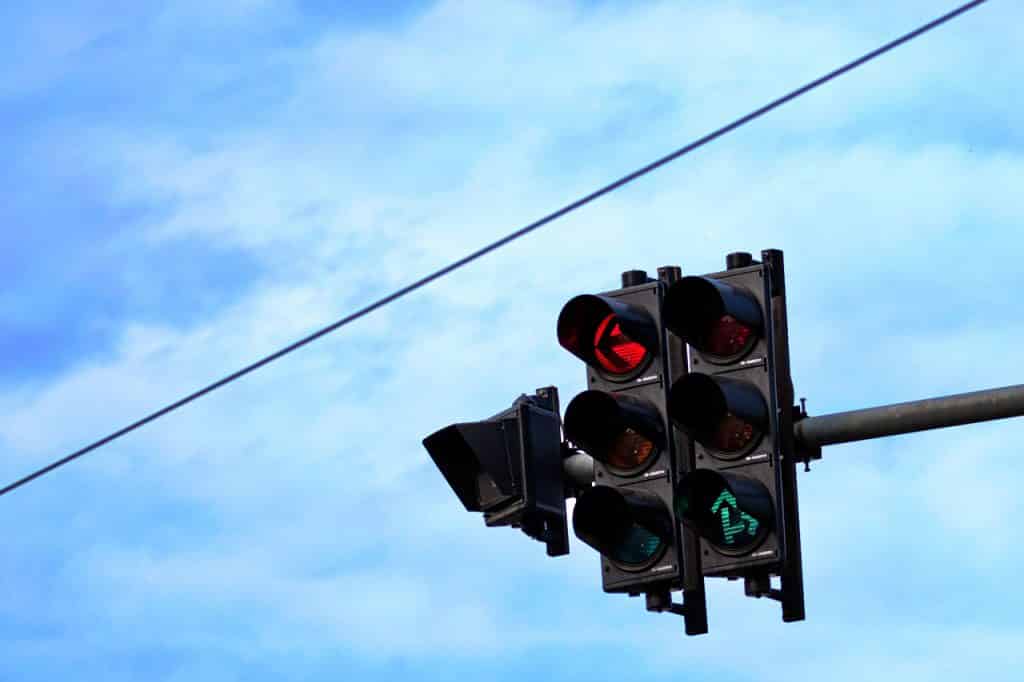
With airspace becoming more congested and presenting increasingly complex challenges to UAV operators, a high-tech cloud-based solution is now available to enable drones to communicate and operate safely across the airspace…
Coverdrone caught up with Chris Forster, Altitude Angel’s Chief Operating Officer, who told us more about the aviation technology company’s GuardianUTM platform.
Launched in 2016, their Unmanned [aircraft systems] Traffic Management (UTM) platform is set to transform the world of drones and how they integrate with other aircraft and the environment in which they operate.
He said: “What we offer is modern traffic management services, through GuardianUTM, to all stakeholders involved with drone operations, enabling them to access a rich source of real-time aeronautical, environmental and regulatory data all tailored to the individual situation. This includes automatically providing key information to drones and their operators to enable them to safely undertake their missions, as well as to aviation stakeholders (such as ATM or ATC). Ultimately, we enable commercial operators and the organisations they represent to get real value from drones, unlocking mission types which are ultimately too complex and expensive such as Beyond Visual Line of Sight.”
As one of the leading drone insurers, the idea of safer skies makes perfect sense to Coverdrone. With drone flights increasing exponentially year on year, utilising emerging technologies to realise the potential they offer is perfectly timed.
Joining Up The Digital Dots…
Essential to fully exploiting the undoubted benefits of drones, a level of automation will be required both on the drone and through ground-based services, ensuring drones stay safe even in the event of a loss of link between the drone and the pilot.
That begins to sound as though were dipping into a world of science fiction, but ensuring that drones avoid collisions with traditional aviation, ground hazards, people and other unmanned aircraft is essential if governments, the business world and the public are to be assured of their viability and safety.
Chris knows there’s still some way to go. “More tech is required. Today, in traditional aviation, Air Traffic Control (ATC) makes flying safe in busy areas, and we’re getting closer to having a true UTM so all types of airborne craft can operate safely in the same area.”
A Drone Safety Map Of The Sky
The digital safety map developed by Altitude Angel provides accurate, real-time updates highlighting aeronautical and ground hazards. It’s a visual representation of the complex digital environment Altitude Angel’s system builds in real-time around the world, to help provide autonomous navigation support.
The platform helps operators plan and conduct drone flights more safely, with reassurance that their actions won’t see them straying into restricted airspace. It’s perfect for those jobs you’re planning ahead of time, or when you want to research an area before a flight.
This is something Coverdrone has already embraced. There is a direct connection to Altitude Angel’s global UTM system built in to Coverdrone’s Fly Safe App. We like to be ahead of the game. Through Fly Safe, you have the option to transmit your location to other users. This technology allows you to fly your UAV, alert others and help to keep airspace safe. This is just the start.
Additionally, Altitude Angel’s Protected Airspace Management System is starting to be deployed as a means of allowing operators to request permission to fly in areas which were previously off limits. This again opens new areas of the sky and enabling new mission types.
Potentially Life-Saving Drones
The added value that UAVs offer mankind is limitless. So many daily tasks can be enhanced. One example involves the ultimate benefit – saving lives.
Chris explained: “Conventional, ground-based emergency vehicles can be used but often struggle through rush hour traffic or even with access to emergency situations.”
“So too do aeroplanes and helicopters have limitations; they are rarely available immediately and the operational costs run into thousands of pounds per hour.
“Drones, by contrast, can be mobile almost instantly and run at significantly lower costs across all manner of scenarios, such as coordinating a search and rescue mission, delivering blood supplies, defibrillators or even in the future flying-in first responders.”
Coordinated by a prioritisation system, giving a drone a green light through air space could open up all manner of humanitarian/life-saving solutions for everyday use, because of the speed, accuracy and mobility it offers compared to other methods of transit – but only if the right foundations are in place.
Drone Taxi, Please!
Coverdrone is excited about future developments and partnerships with Altitude Angel. The systems they are creating will keep drones moving as (just like our roads) the sky above us becomes increasingly busy.
The million-dollar question: when will we see flying drone taxis collecting fayres in the UK?
Such a concept doesn’t faze Chris: “That’s an aspiration for many manufacturers and potential licensed fleet operators. Tests are ongoing in some countries, but I believe in Great Britain its much closer than people think.”
Such ideas seem crazy, but we doubt it will be too long before Coverdrone is offering equipment and liability insurance for drone taxi operators that will give traditional taxi providers a run for their money!
For further information visit the Altitude Angel website.



